Bayou Segnette State Park, Westwego, Louisiana (New Orleans)
Yep. A Streetcar Named Desire was written by Tennessee Williams right here in the New Orleans’ French Quarter. The connection? We rode a streetcar and we had a list of desires we wanted to fulfill today. Too corny??
Another day into town. Today’s agenda holds 7 things! Lunch and dinner out (we never do that!), Mardi Gras World, the Jazz Museum, finding some live music, and an area known as The Garden District which is also where Lafayette Cemetery is (you can visit this one on your own). But first, we have to catch the ferry. We just barely made it onto the 9am one! If we’d been even a minute later, we would have had to wait 30 minutes for the next one! Whew!
On the way across the Mississippi for the 5th time, we decided that since it was a nice morning and the temperatures would only get higher, we should take in the Garden District first. Once off the ferry, we took a different route around town before we paid passage onto an old street car. For $1.50/person, you can ride all day and get on and off at any stop! What a deal!
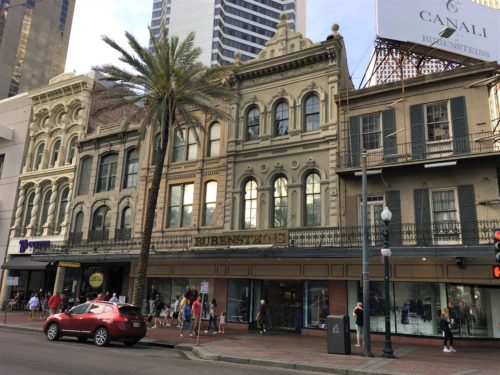
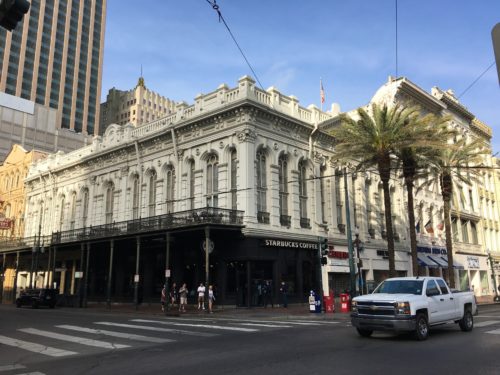
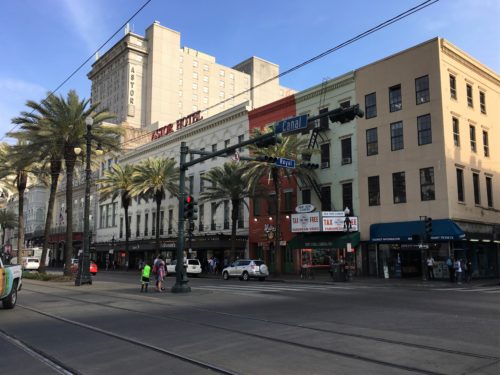
See the streetcar rails?
As we were waiting at the stop, one of the cars sailed by, barely slowing down to tell us to wait for the next one. There appeared to be plenty of room still left on board. One of the women waiting with us was apparently a local because she called the company and reported him, complete with the car’s number. As the morning went on, we soon learned that waaay more people could have fit on his car, as they not only filled every seat, but crammed in standing-room-only as well. But we also learned that sometimes they’d let people on and sometimes they didn’t. I have no idea why the first guy didn’t stop – or any of the others either. Our first and last stop for the day were the only times we had to wait for the next car and the second one really had no choice as it was packed.
The cars are modeled after the original 1920’s streetcars, of which one is still working. (they once had 350 of them!!) However, they don’t take passengers on the original anymore because it only holds 28 people and has historical value. They may use it for training purposes.
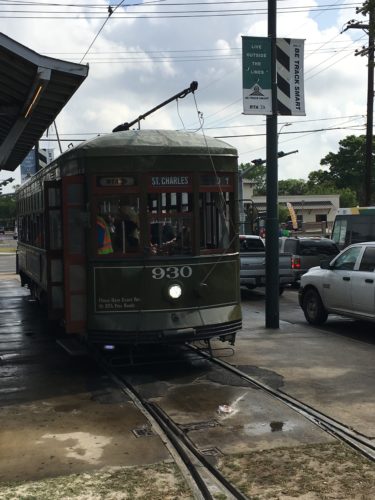

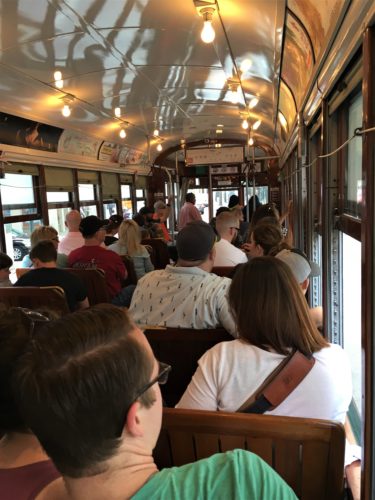

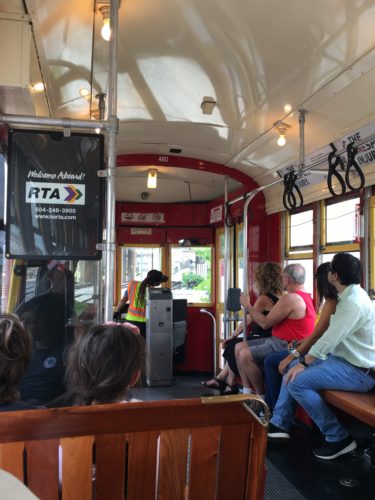

It was a good way to sight-see. Just make sure to keep all your body parts inside the car at all times! Even with that, a couple of times branches snapped into the window as we passed! You’ll see in pictures and video how close things were!
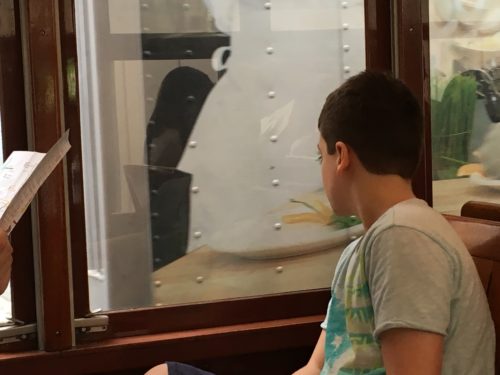
Outside that window is a delivery truck. Look how close that is!
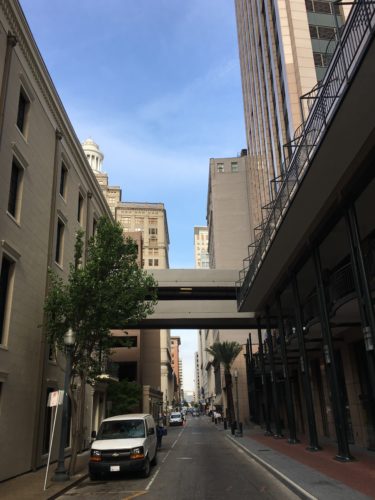
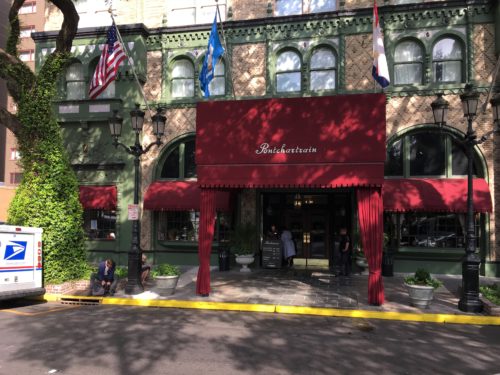
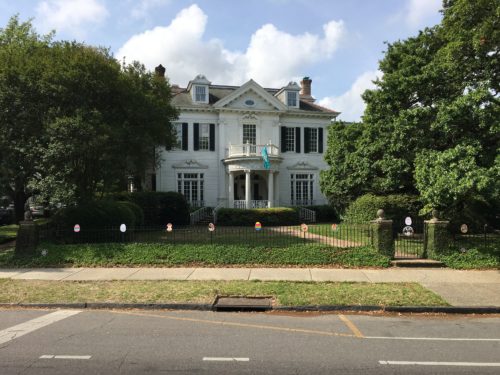
The first thing we visited in the Garden District was the Lafayette Cemetery. There were a lot of people here, and we didn’t stay long. Much of it was just like the St. Louis one.
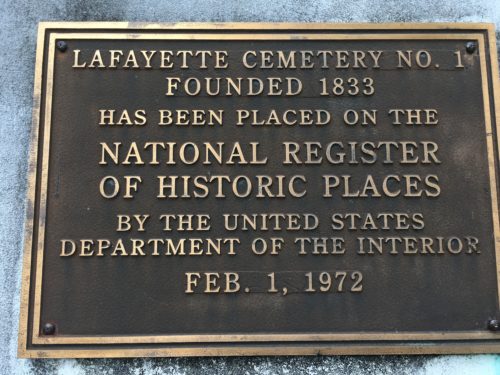
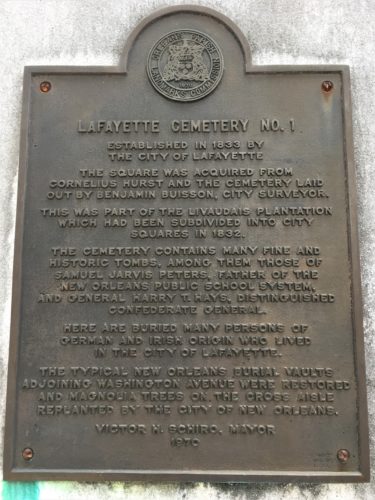
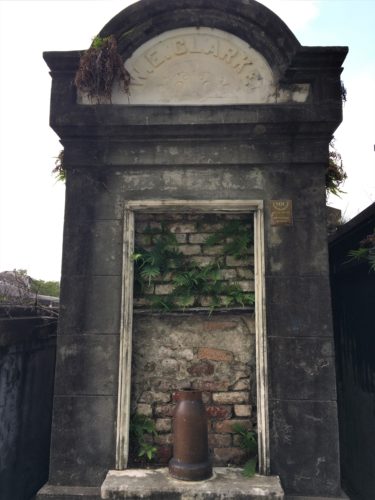
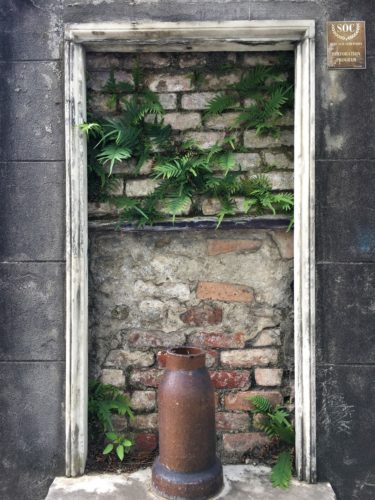
I really like how this picture turned out!
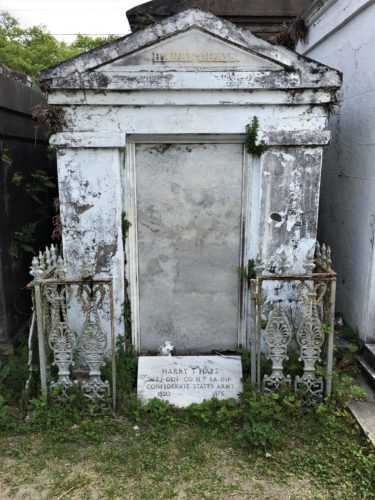
The Garden District receives quite a build up as a “must see” area. It was nice, but just OK. We didn’t look at the self-guided tour map they gave us at the Visitor Center until we arrived. Much of it said things like, “Notice the ironwork.” or “This home has a beautiful ballroom.” Well, so what? If I can’t see it, why would that matter to me? Strange. At any rate, we had a nice time riding the streetcar and walking around. This is what we did. We followed the map they gave us and took pictures of the things listed on it, but I’m just going to post the pictures, because the tales they told really amounted to nothing.
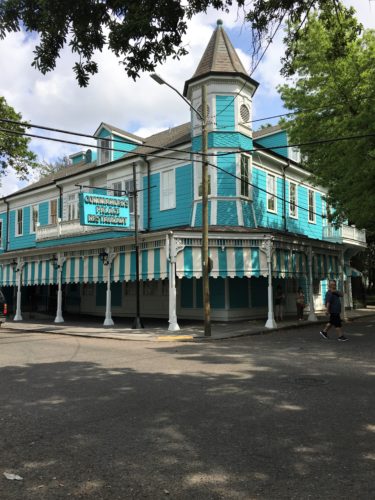
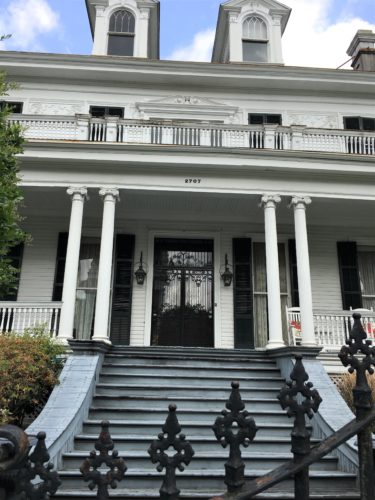
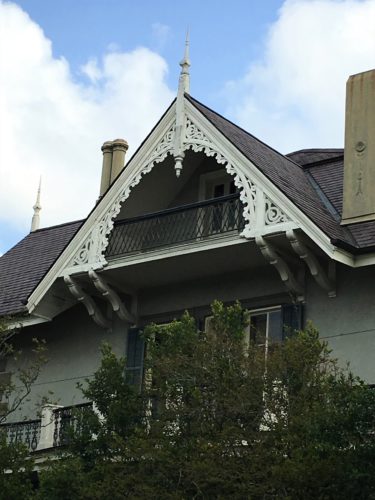

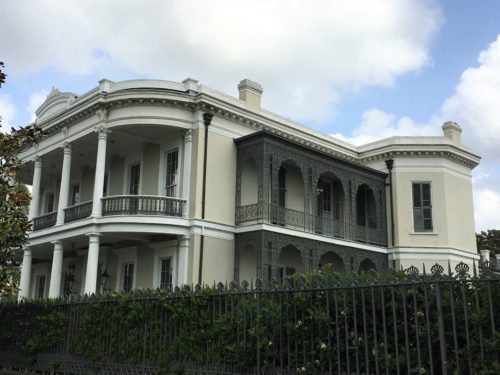
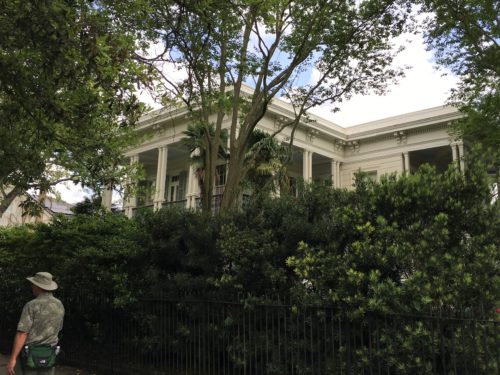
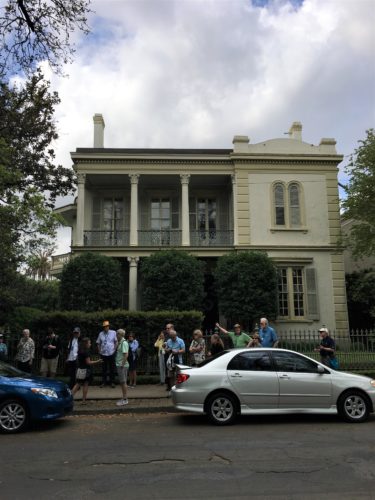

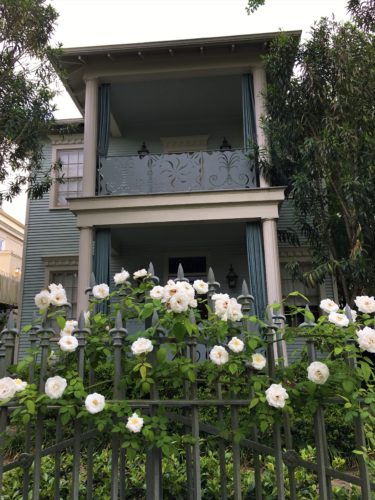


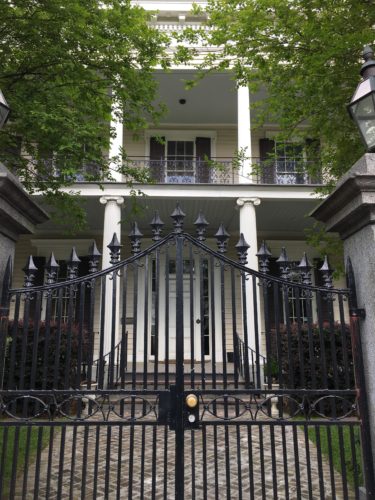
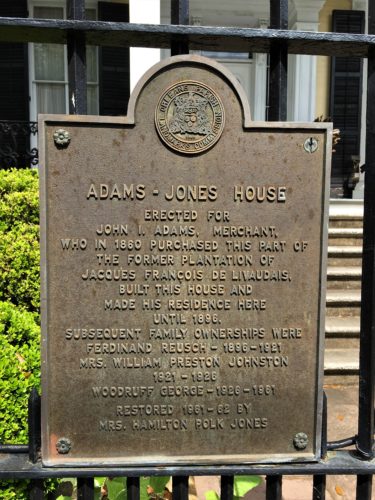
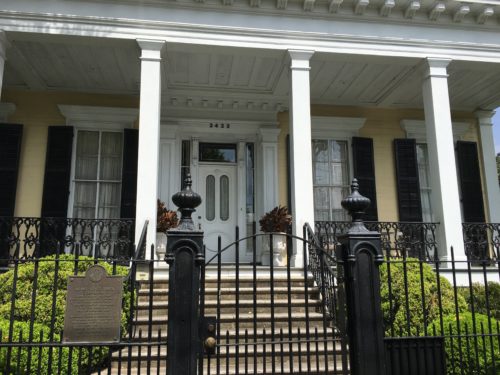

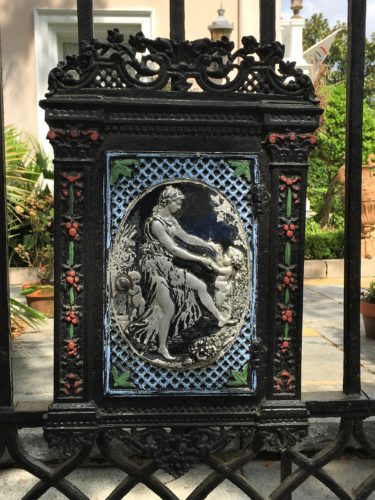
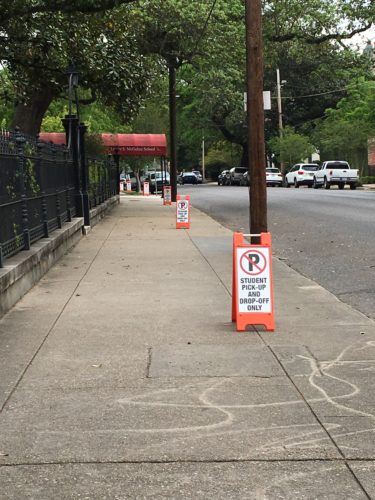
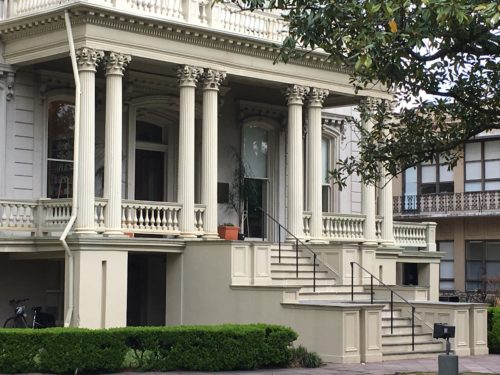

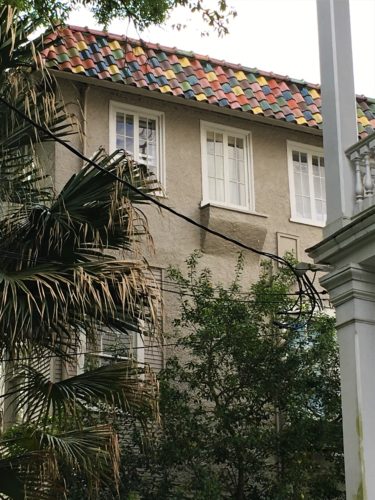

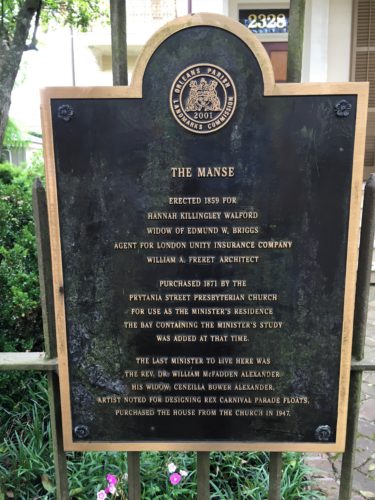
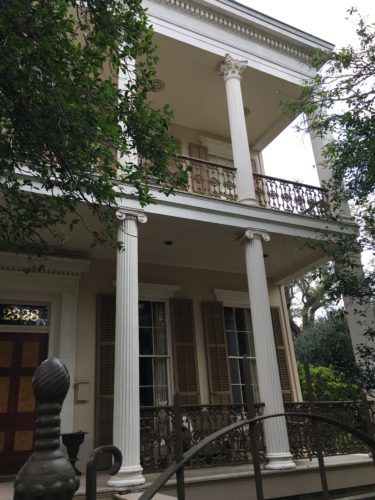
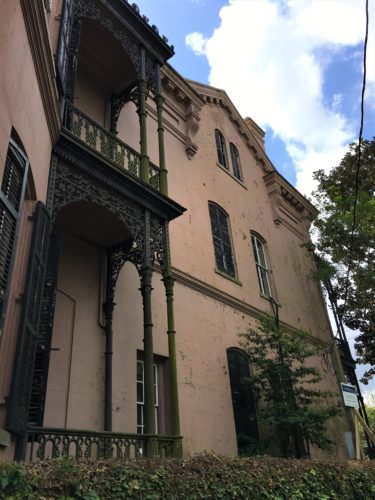
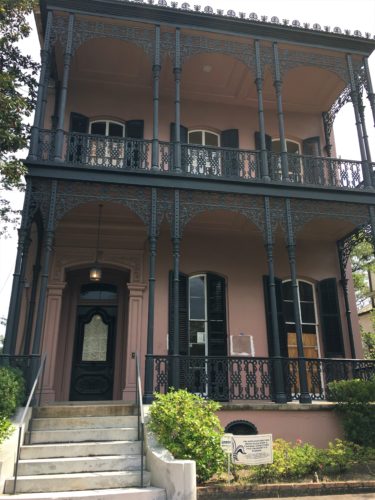
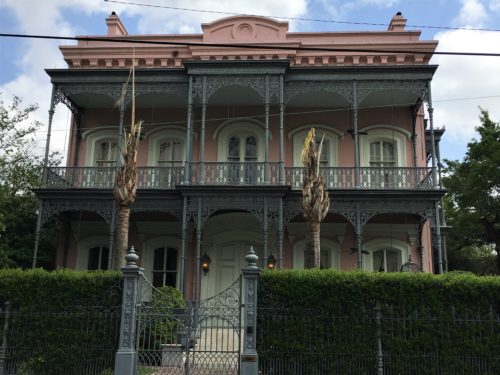
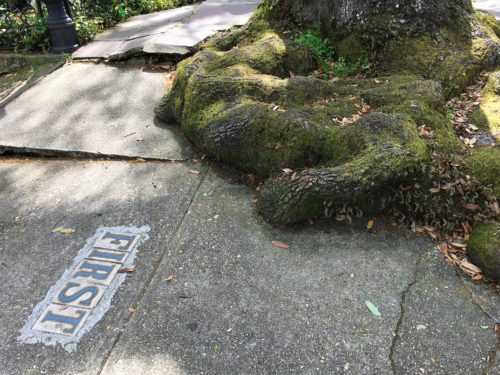
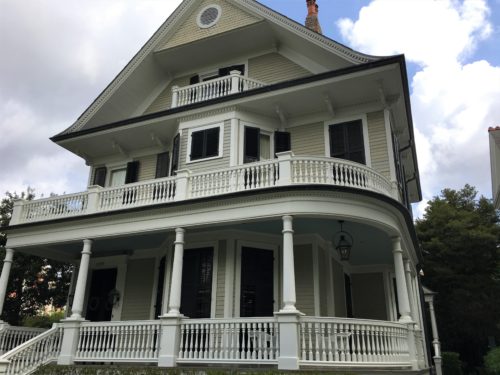
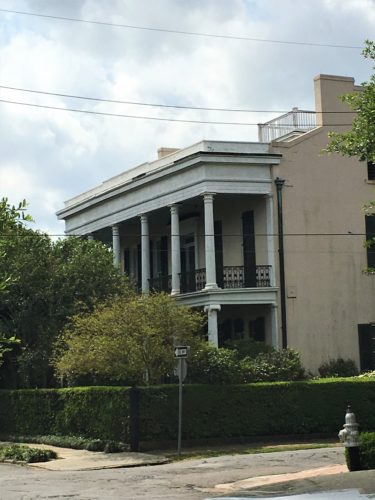
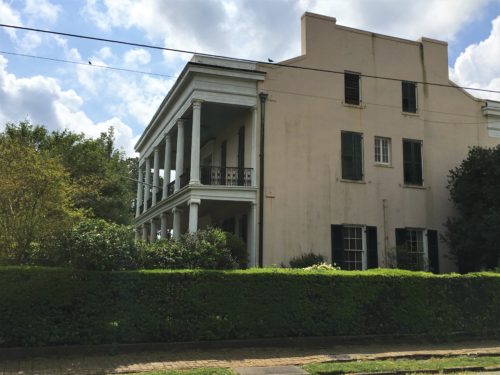
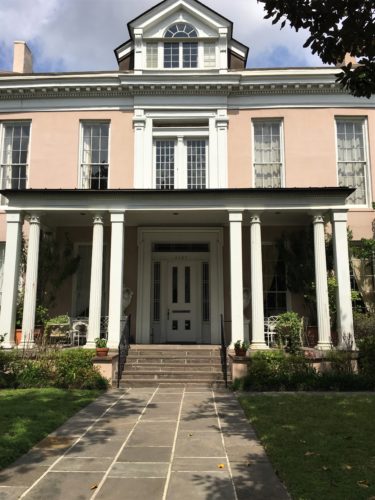
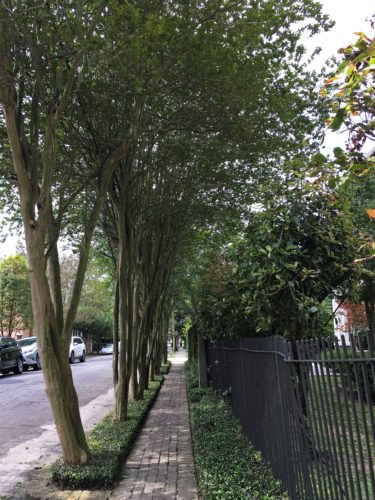
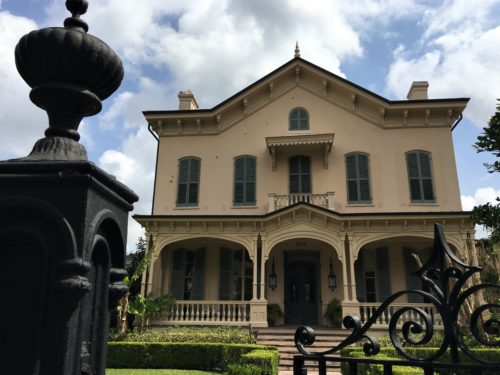

I saw some of this on the sidewalk and thought it was feathers!
Beautiful and graceful plant!
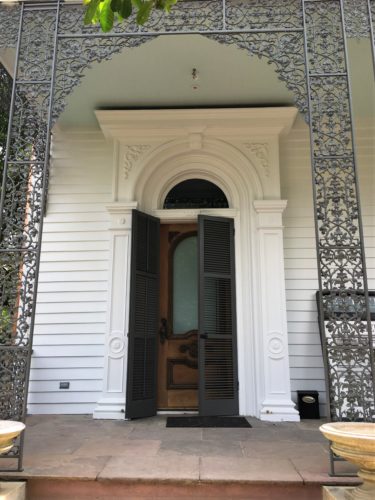
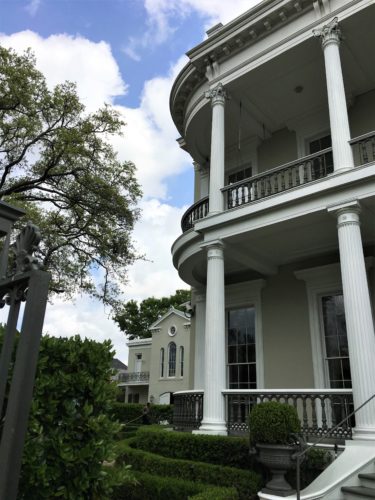
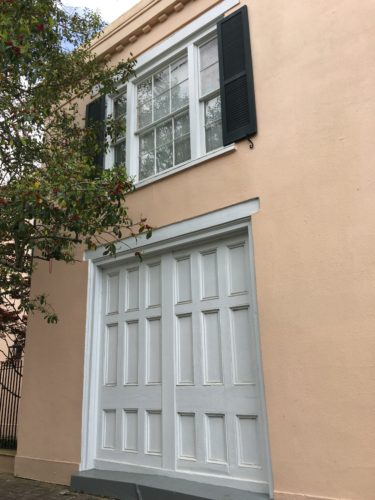

A glimpse inside!
Blaine wasn’t happy I took this because a woman was by her car in the driveway.
Hey. They know they have a historical house and they know it’s listed on the tourist map, and they know there are tourists everywhere . . .
So if they don’t want pictures, they should close the door. : )
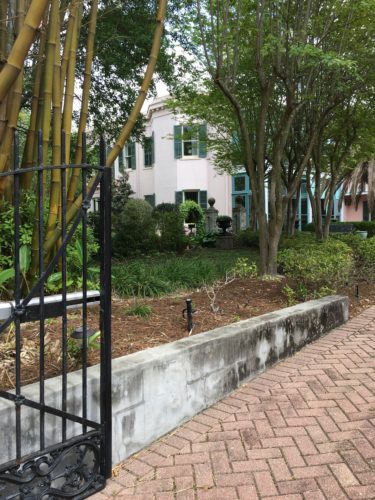
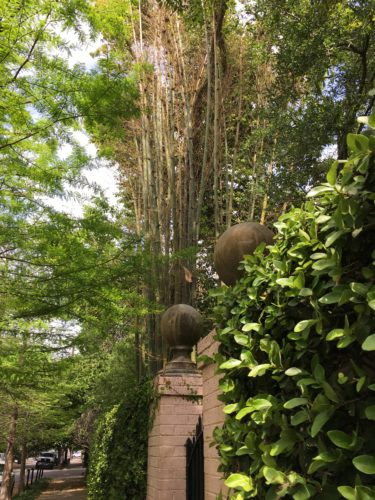
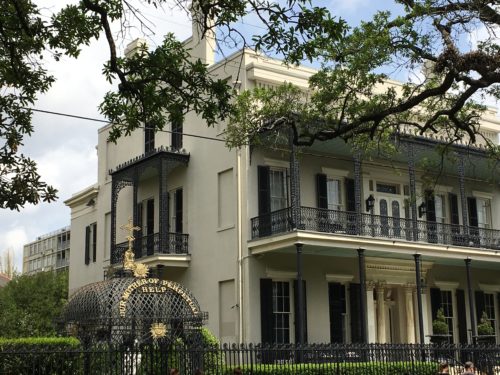
Thus ends our tour of the Garden District. : )
It was past noon by now and we needed to find a place to eat. Time to grab a streetcar.
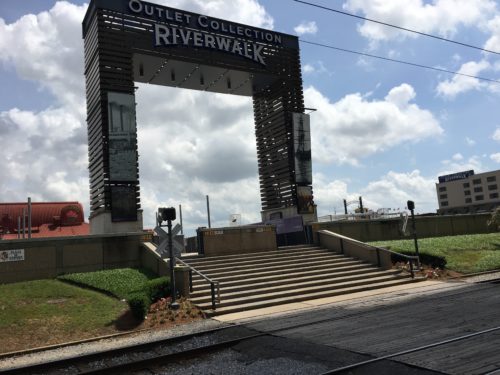
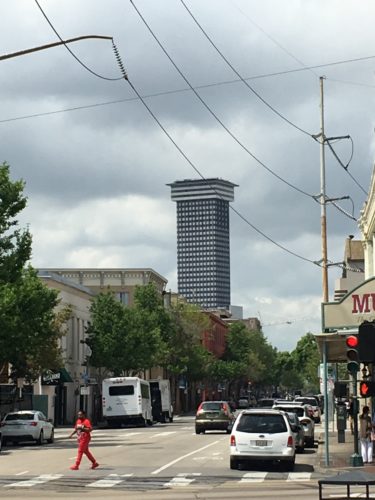
We spontaneously settled on Galliano (after Blaine checked reviews 😊). The food was really good – especially my catfish po’boy, just too much chewy bread. I ate mine open-faced and left the tops. The only downside was, that made it really messy! Blaine had a fried shrimp po’boy. Both came with homemade chips.
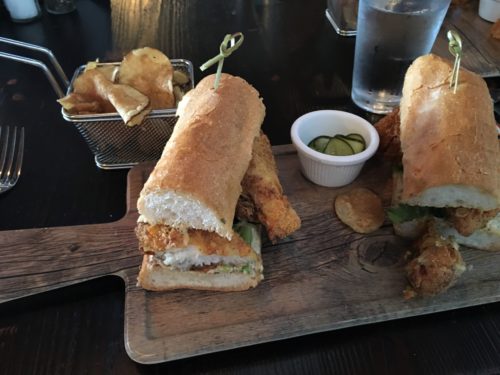
We realized too late, that I forgot to share the history of po’boys with you during our Food Tour day. And now that it’s been so long, I couldn’t really remember. Well, technically I remembered a bit, but it turned out that my recollection of the facts was skewed. So was Blaine’s. This is what I found on the Oak Street Restaurant’s website (where the sandwiches originated).
Bennie and Clovis Martin left their Raceland, Louisiana, home in the Acadiana region in the mid-1910s for New Orleans. Both worked as streetcar conductors until they opened Martin Brothers’ Coffee Stand and Restaurant in the French Market in 1922. The years they had spent working as streetcar operators and members of the street railway employees’ union would eventually lead to their hole-in-the-wall coffee stand becoming the birthplace of the poor boy sandwich.
Following increasingly heated contract negotiations, the streetcar motormen and conductors struck beginning July 1, 1929. The survival of the carmen’s union and 1,100 jobs was in question. Transit strikes throughout the nation provoked emotional displays of public support, and the 1929 strike ranks among the nation’s most violent.
When the company attempted to run the cars on July 5 using “strike breakers” (career criminals brought in from New York) brickbats and jeering crowds stopped them. More than 10,000 New Orleanians gathered downtown and watched strike supporters disable and then burn the first car operated by a strike breaker.
A highly sympathetic public participated in greatest numbers by avoiding the transit system, which remained shut down for two weeks. Former New Orleans Fire Department Superintendent William Mc Crossen experienced the strike as a teenager: “Dare not—nobody, nobody would ride the streetcars. Number one, they were for the carmen. Number two, there was a danger [in riding the cars].” Brickbats greeted the few streetcars that ran. Small and large businesses donated goods and services to the union local.
The many support letters included one from the Martin Brothers promising, “Our meal is free to any members of Division 194.” Their letter concluded: “We are with you till h–l freezes, and when it does, we will furnish blankets to keep you warm.” Martin Brothers Letter courtesy of Louisiana Research Collection, Tulane University Libraries.
In order to maintain their promise, the Martins provided large sandwiches to the strikers. Bennie Martin said, “We fed those men free of charge until the strike ended. Whenever we saw one of the striking men coming, one of us would say, ‘Here comes another poor boy.'”
The traditional French bread’s narrowed ends meant that much of each loaf was wasted, so the Martins worked with baker John Gendusa to develop a 40-inch loaf of bread that retained its uniform, rectangular shape from end to end. This innovation allowed for half-loaf sandwiches 20 inches in length as well as a 15-inch standard and smaller ones. The original poor boy sandwiches offered the same fillings as had been served on French bread loaves before the strike, but the size was startlingly new.
By the start of the Great Depression, the carmen had lost the strike and their jobs. The continuing generosity of the Martins as well as the size of the sandwiches proved to be a wise business decision that earned them renown and hundreds of new customers.
Our next destination was Mardi Gras World. To be more specific, Blaine Kerns Mardi Gras World. Don’t see that name often! And they provide a free shuttle service! You just call them up, they tell you a place close to your destination, come by in a painted transportation van and cart you off to the warehouse. Nice! In our case, there was a Marriott Hotel just a hop, skip and a jump from the restaurant. There was an employee manning the door when we got there. She was super friendly and we passed the few minutes wait time talking with her.
This place is remarkable! It’s completely different from the Carnival Museum in Mobile, because this is the place where they make and store the floats and the things that go on them! They actually have several warehouses, but this is the only one open to the public.

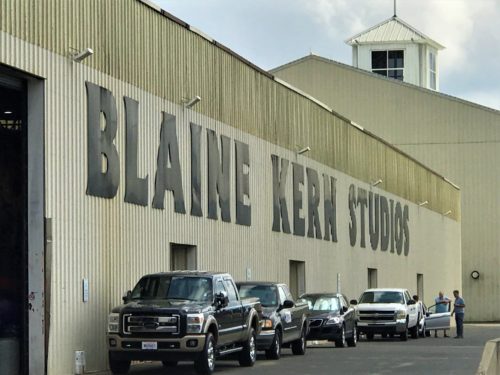

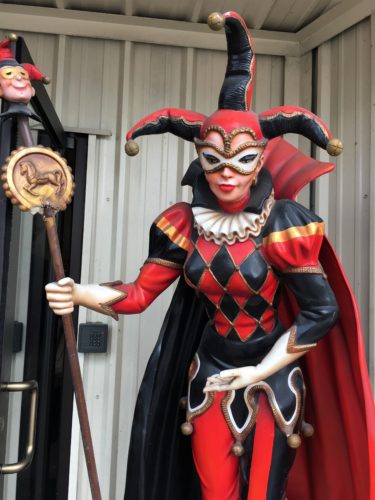
They showed us an introductional video first and then we were given a tour of the facility. But after the tour was over? They let us hang around as long as we wanted! And we were free to enter any area not blocked by “No Entrance” signs!
Before I show you what we saw, let’s learn a bit about this place.
- It was here that we learned that NOLA ranks 3rd in the nation for the most annual rainfall. That explains why all the walking tour information says, “Rain or Shine”. The top ten are:
Mobile, Al: 67” average annual rainfall; 59 average annual rainy days
Pensacola, Fl: 65’; 56 days
New Orleans, La: 64”; 59 days
West Palm Beach, Fl (near where Blaine’s sister lives): 63”; 58 days
Lafayette, La: 62”; 55 days
Baton Rouge, La: 62”; 56 days
Miami, Fl: 62”; 55 days
Port Arthur, Texas: 62”; 51 days
Tallahassee, Fl: 61”; 56 days
Lake Charles, La: 58”; 50 days
By contrast, Cleveland Ohio (the closest area to where we hail from that I could find the same information on) is 39”; 155 days. So more days, but less rain. However, they do get snow also . . .
- Roy Kern and his son, Blaine built their first float on a mule-drawn wagon in 1932.
- Blaine painted a mural in a local hospital that a surgeon liked. The surgeon also happened to be the captain of a Mardi Gras Krewe. (that’s what the ‘clubs’ are called) The surgeon asked Blaine to design and build their floats.
- Kern Studios was officially founded in 1947, and it wasn’t long before Blaine became the city’s leading parade float designer and builder.
- Blaine traveled all over Europe to apprentice with the world’s best float and costume makers, and was inspired by the extravagant concepts and animation. He returned to New Orleans and developed the lavish and giant floats that mark Mardi Gras in New Orleans.
- Lots of requests for private tours of their Studio prompted them to open to the public in 1984. It draws hundreds of thousands of visitors from all over the world every year.
- Float prices are easily into the 6 figures. And that’s just for the float. There are more additional expenses and I can’t even begin to name them all. But I can tell you that it’s more cost-effective if you rent one from another Krewe.
- If you want to participate in a parade, you must get a permit from the City. Included in your agreement is that you will participate every single year. I don’t know what happens to you if you don’t.
- You must have a Krewe. No individuals are allowed to participate.
- No advertising whatsoever.
- No corporate sponsors of any kind.
- Harry Connick, Jr. started his own Krewe in 1993, and named it “Orpheus”.
- Blaine Kern is now 90 years young. His current wife is almost 50 years younger.
- We can’t remember for sure, but they employ something like 50 artists and 30 electricians/carpenters.
- They do work for more than just Mardi Gras, including work for Disney.
- Mardi Gras ended February 13th this year, and they’re already working on designs for next year’s parades.
- They make the float pieces out of all kinds of material, but the big pieces are either styrofoam (less expensive, but doesn’t hold up as well) or fiberglass (much more expensive, but holds up better)
I’m sure there’s more, but that’s all we can remember right now. Check out our tour here! It was really an amazing place!
These next five pictures were taken before we even got in the door!
There are things stored in this area as far to the right and left as you can possibly see – and really you can’t see because everything is huge!
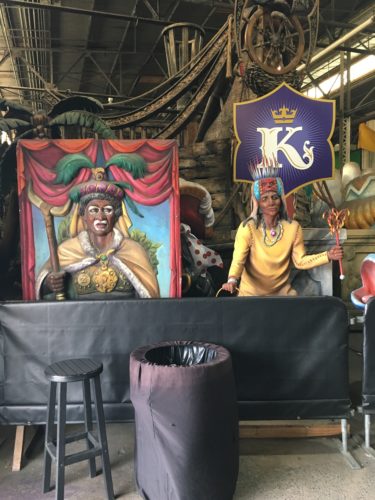
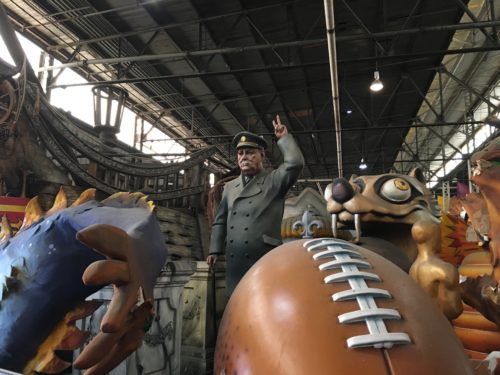

Recognize him?
“There’s no need to fear! Underdog is here!”
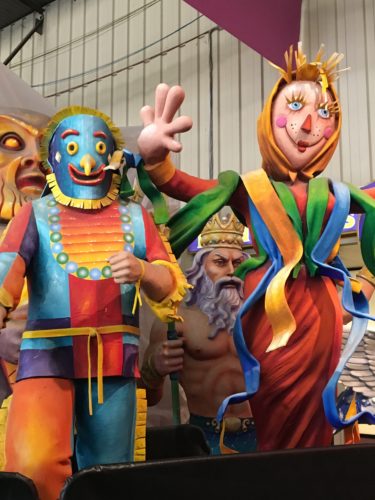
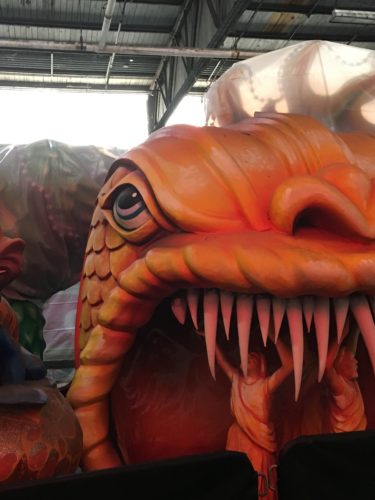
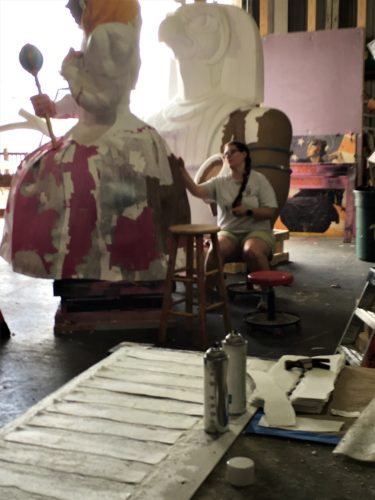
She’s working on a float piece for next year’s parade. Blaine thought she was just pretending for the tour because she was working so slow. I think he forgot we were down South. : )
Styrofoam covered with small paper mache pieces, then painted.
She’s applying the paper mache

There’s tons of Styrofoam in here!
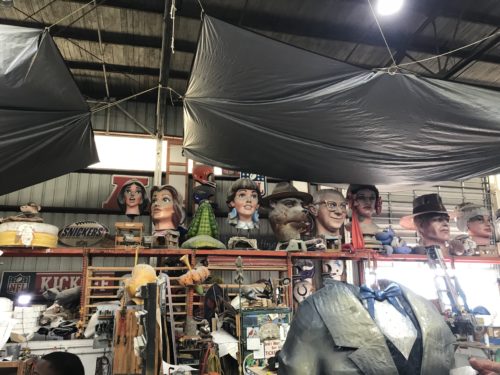
Oftentimes, they re-purpose pieces, trimming, cutting, building up . . . whatever needs done.
This body has been several different statesmen, including Abraham Lincoln.
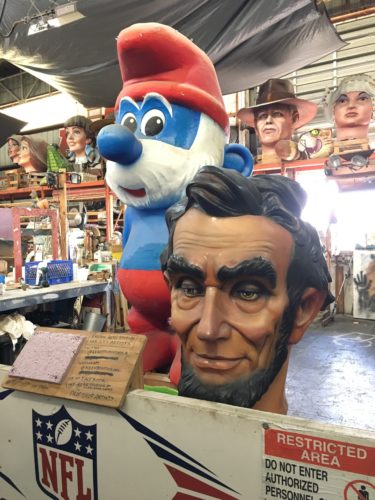
There’s Abe’s head, right alongside Papa Smurf. : )
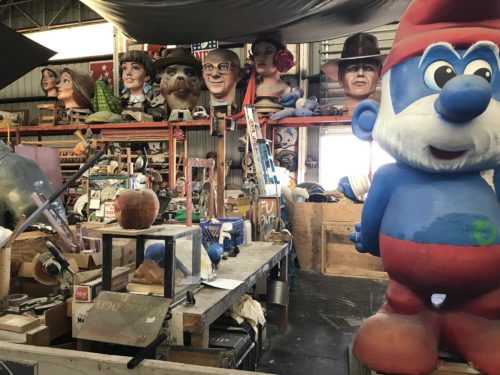
More heads
See any you recognize?
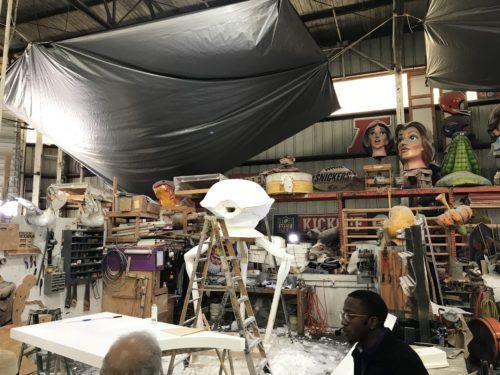
Also a creation for next year. It’s one of the alien ships from “War of the Worlds”.

This is where the guide left us.
Once we learned that we’d have free reign of the warehouse after the tour, we stopped taking pictures until our guide left us.
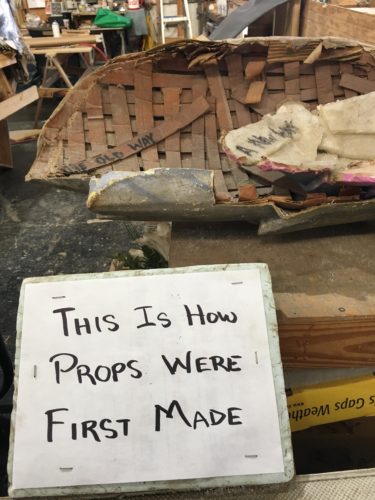
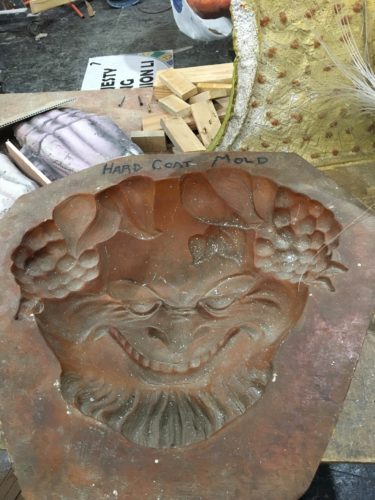
When I took this picture, there was nothing to see except a clay-like looking empty bowl!
Do-do-do-do . . . (Think Twilight Zone music)

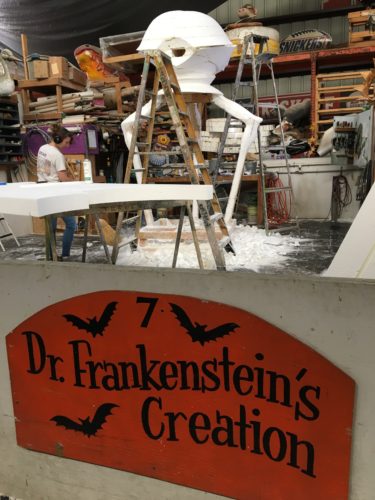
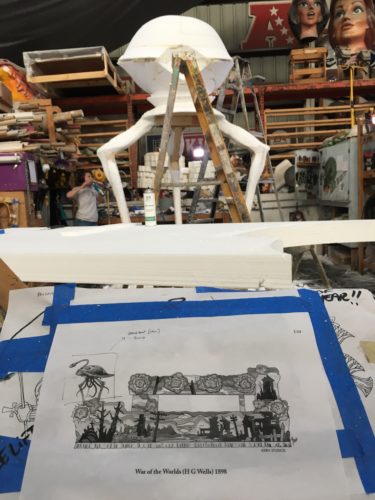
The float design they’re working on – for next year’s parade.
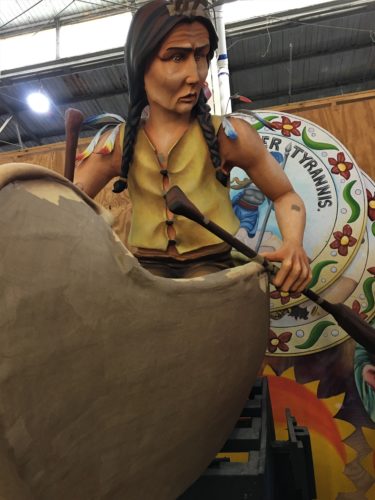
I took this close-up to show the paper mache work.

The painting area
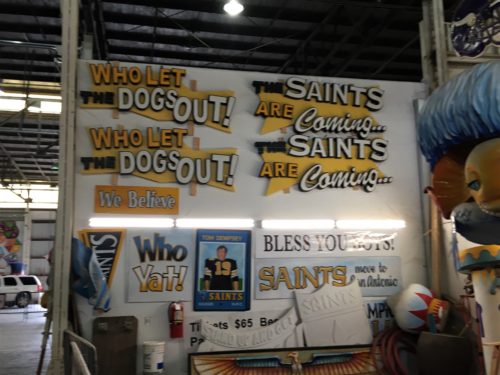
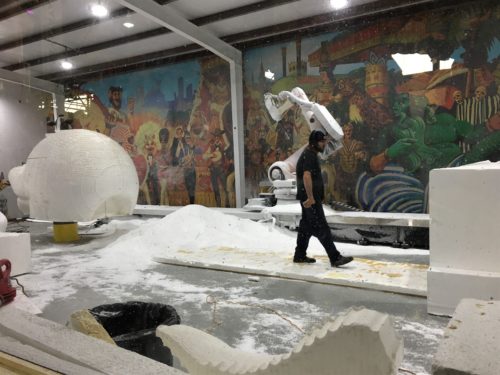
They recently installed a

They recently purchased a robotic carver that they use mostly for styrofoam. It can carve a piece as large as 60 feet!
The guide said the human carvers don’t mind.
But do they??
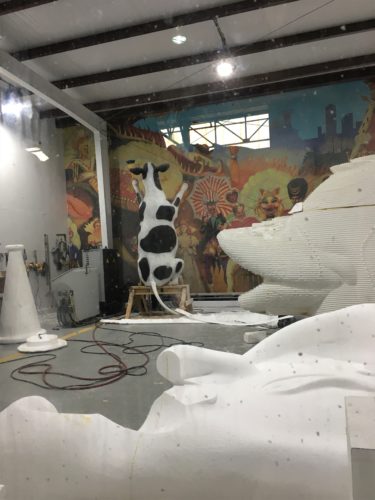
They make the Chick-fil-a cows you see everywhere!
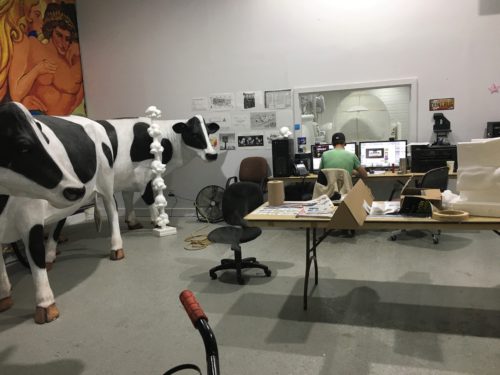
This guy’s designing using a computer
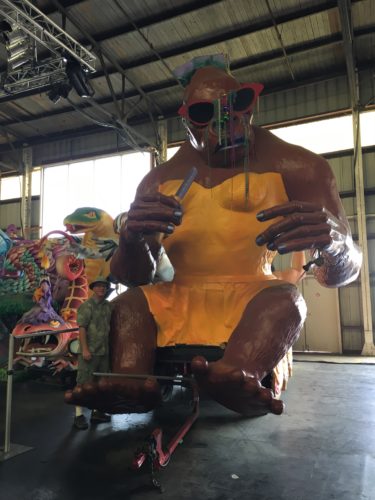
This is Queen Kong
“King” was to the left (her right)
What else do you see?

If you look at the previous picture, you’ll notice light coming in.
The warehouse doors are open.
We stepped outside to check the view.
See the choppy water? It was really windy today!
The following is a quick spin around the room. It’s quick because I can only post 10 second videos. Try not to get dizzy.
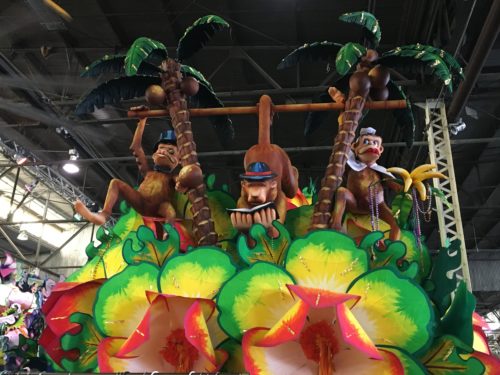
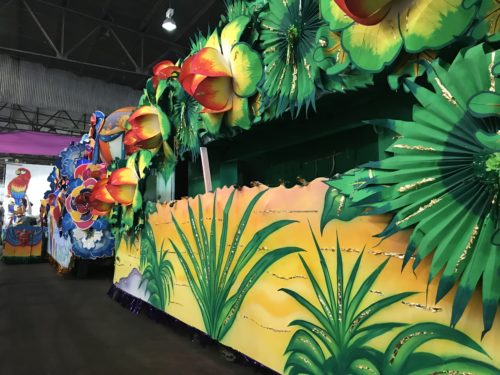
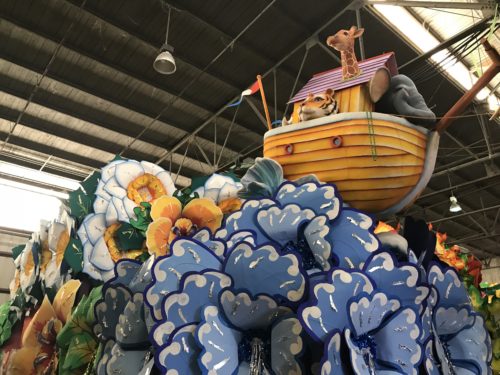
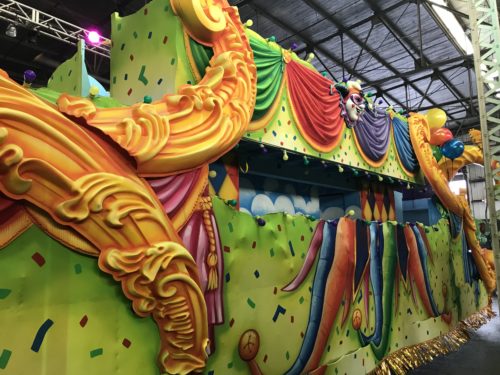
Can’t remember for sure, but we think this is Harry’s.
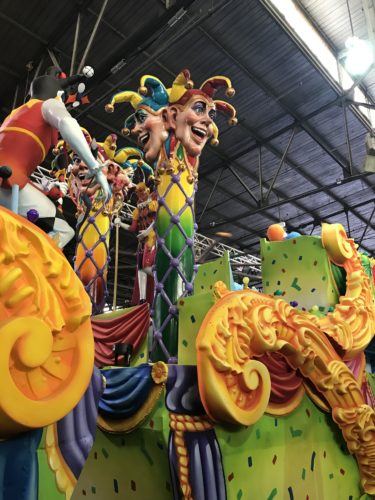
This is part of it too.
They’re just too big to get a full picture!
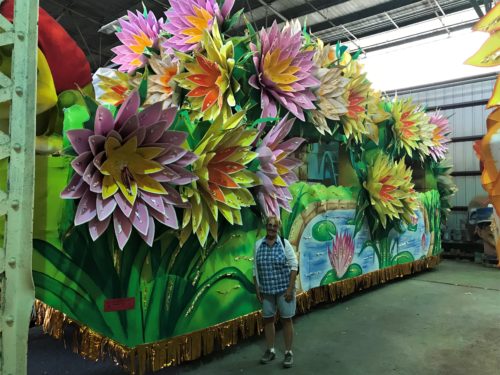
I look a royal mess today!
Not sure why.
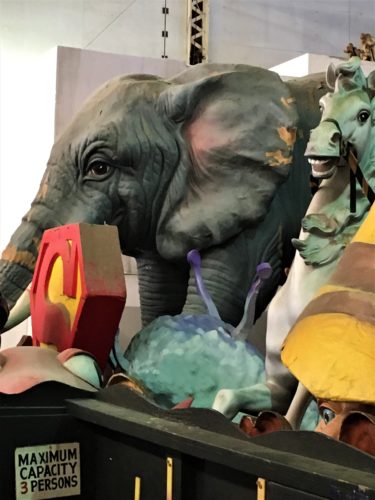
We were amazed at the detail on this elephant!
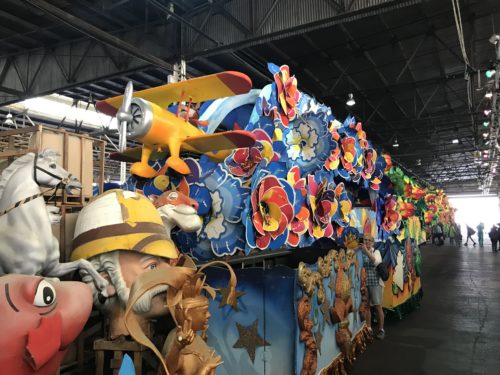
Can you find me?
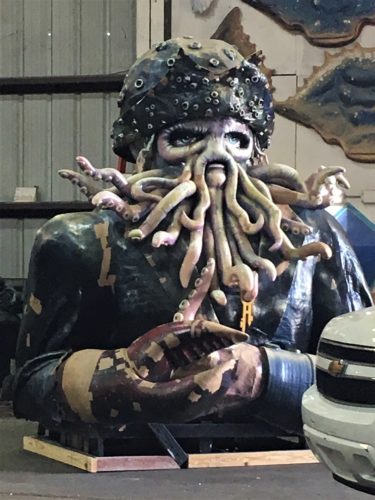
It’s Davy Jones from the Pirates of the Caribbean movies!
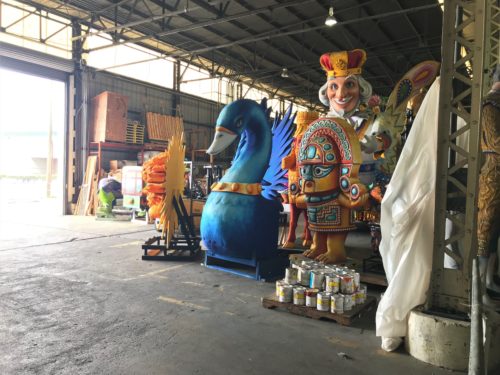


The wood-working shop
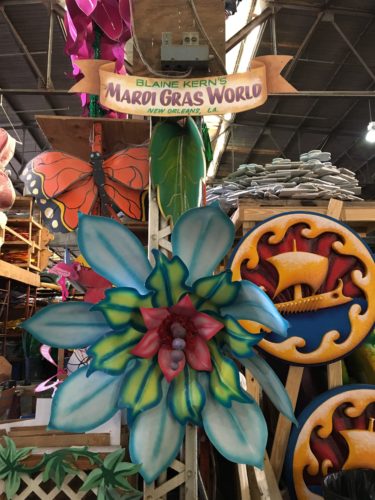
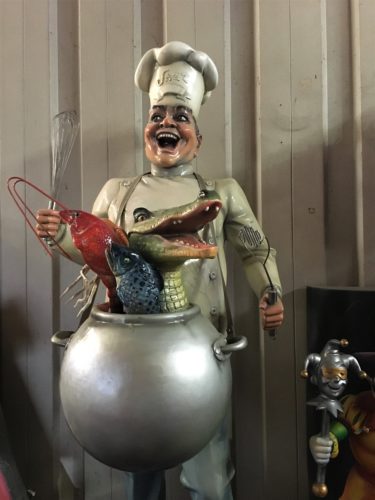
This one is of made of fiberglass, and seems to represent New Orleans.
See “jazz” on the hat and his pot contains the ingredients used for a Gumbo
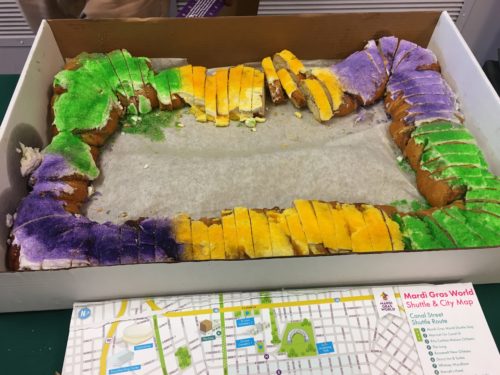
This is King Cake
Everyone on the tour received a piece whenever we were ready to leave. It tastes like cinnamon coffee cake with icing in the Mardi Gras colors.
Traditionally it’s made in a round shape and somewhere inside a small plastic baby is hidden. Whoever gets the baby, provides the next cake.
The van returned us to the French Quarter, where we spent time just strolling around and taking it all in. There seemed to be much more music today! And of course, since it was a Monday, there were a lot less people milling about.
We were also in search of the Jazz Museum. We eventually found it after asking someone, but turns out it’s closed on Mondays!

There were all kinds of vendors in here, but we pretty much breezed through. Neither of us are shoppers just for the sake of shopping.
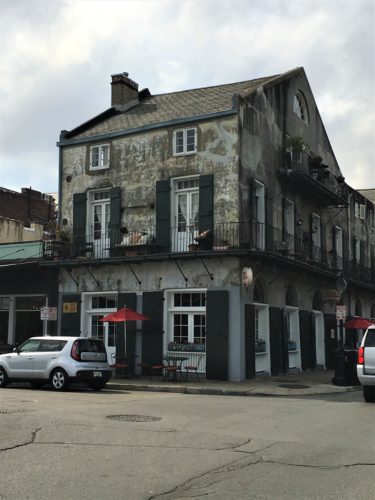
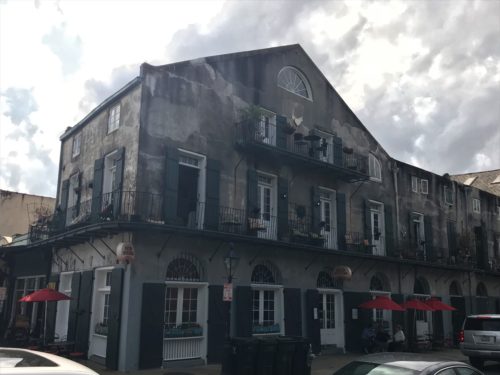
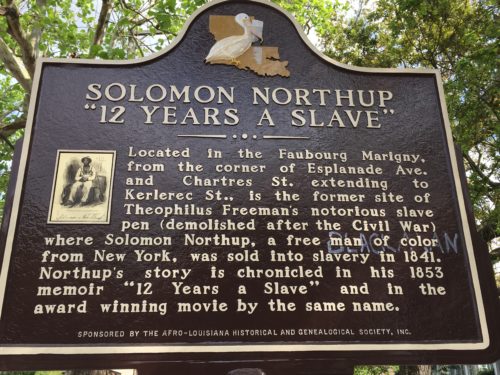
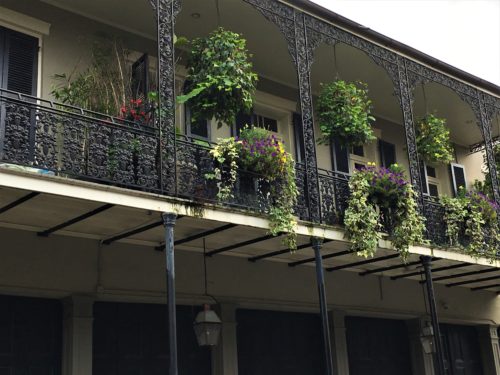
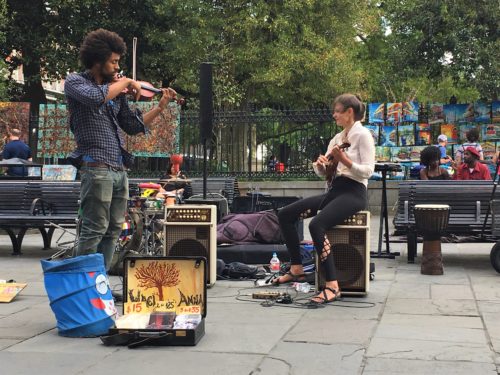
Meet Wael and Anna
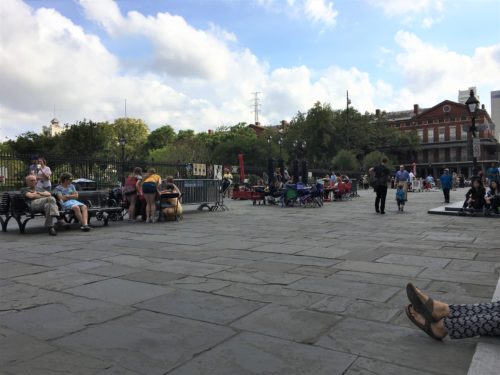
Far less people in front of the Cathedral today!
The girls bending over the table are enlisting the services of a palm reader
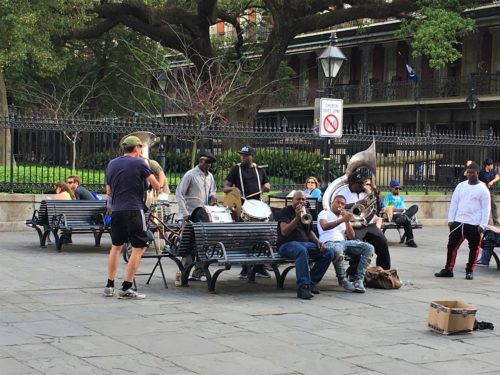
I don’t know who these guys are, but the one sitting playing the trumpet seemed to be the teacher and leader for the other ones.
Take special note of the standing white tuba player.
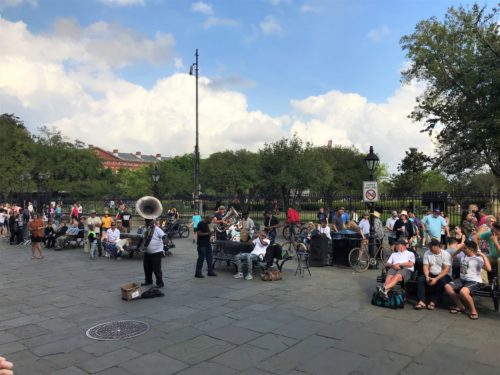
Time to find a place to eat dinner.
We didn’t even know the name of the restaurant where we had dinner, so Blaine had to look it up for me. The Market Cafe. It had open-air seating with a nice, live band. And they had food. And we were hungry.
We both ordered the “Taste of New Orleans” so we could sample. Everything was very good and pretty spicy – as it should be.
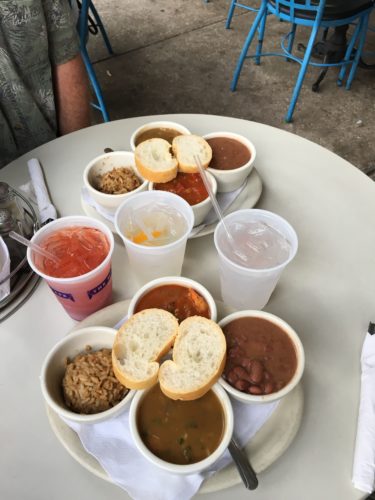
Taste Of New Orleans
Clockwise from the top:
Shrimp Creole
Red Beans and Rice
Crawfish Etouffee
Jambalaya
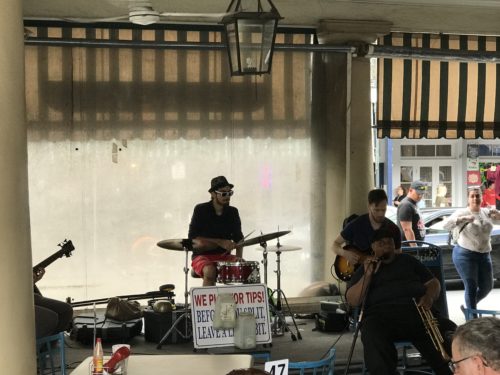
We needed something to cleanse our pallet when we were done.
Guess what!! You only have to stand in line for about 5 minutes at Café du Monde if you go about 5pm! We were able to compare “The Best” with what we had at Café Beignet’s the other day, and let me tell you, we both agreed Café Beignet’s was quite a bit better!
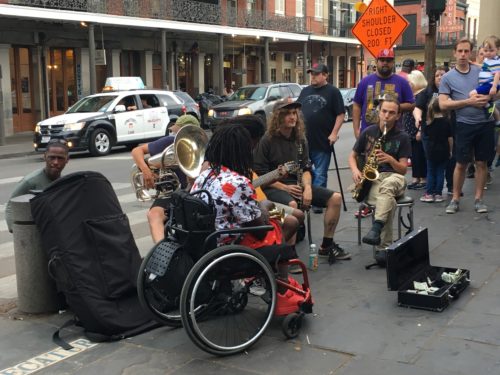
Remember that tuba player I told you to notice?
Here he is again with another group!
These guys were on the sidewalk outside Cafe du Monde.
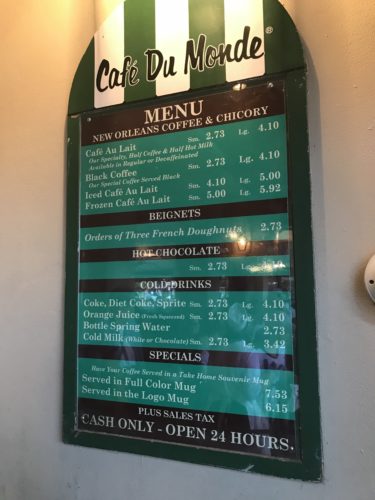
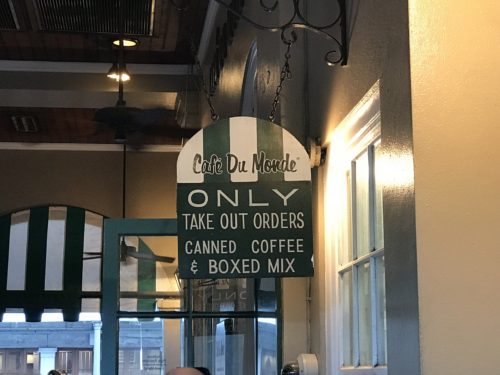
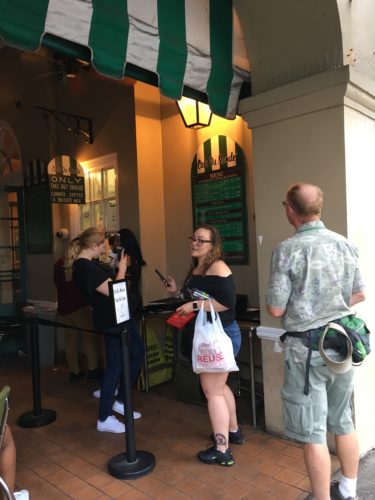
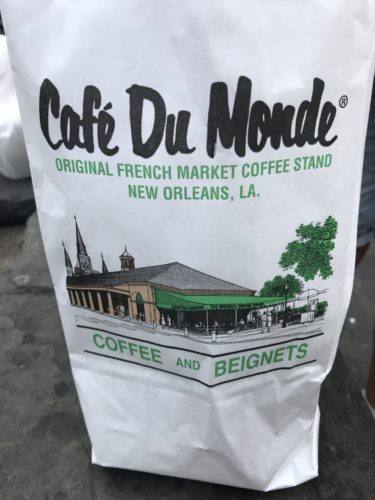
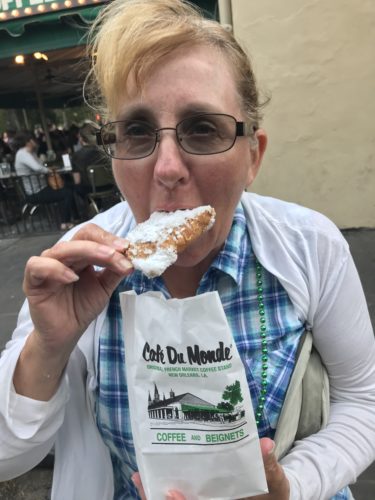
See how much flatter these are than the ones we had at Cafe Beignet?
After we enjoyed a few bites, we closed up our bag and started toward the ferry. Since we went a different way and weren’t in a hurry, we discovered some information boards about that original steamboat “The Natchez”.
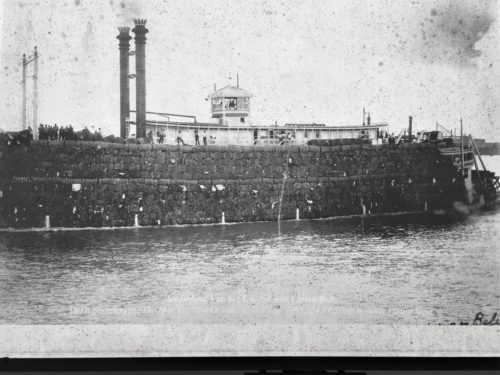
Thousands of bales of cotton could be loaded on to a riverboat; they were often stacked high enough to block the windows of state rooms and the grand salon.
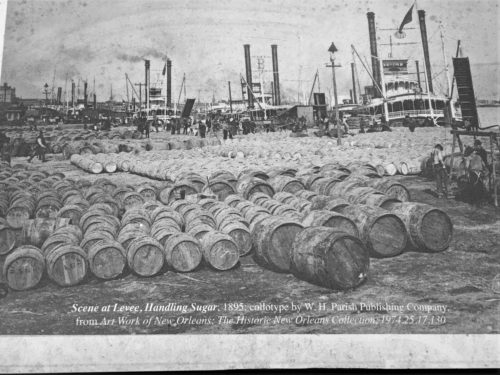
The sugar wharves at the port were located where Woldenberg Park and the Aquarium of the Americas stand today.
The Jax Brewery, built in 1892, is visible on the far left.
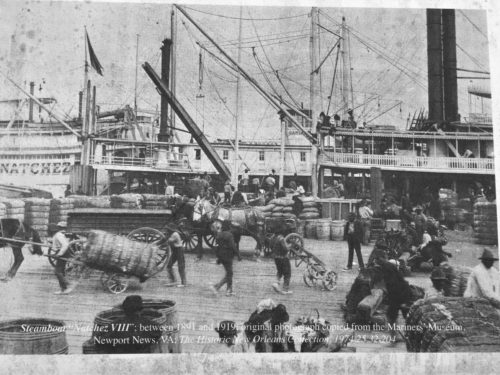
There have been nine steamboats named Natchez.
Natchez VIII operated from 1891-1919. This was the last Natchez built before the current Natchez IX was launched in 1975.
Number VIII was operated by a female captain, Blanche Leathers.
So here’s what I don’t understand. They bill this as “historical”, but the one they’re using is dated from 1975?
I guess maybe they built it from original blueprints?
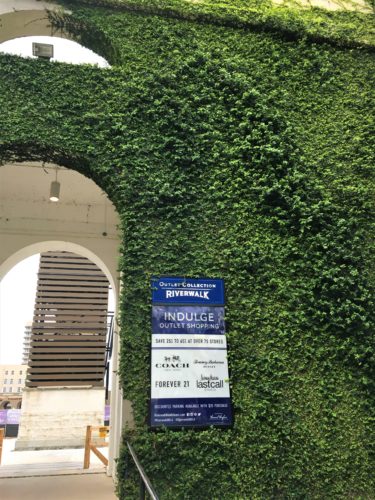
Look at all this ivy!

Do you think it’ll make it??

Looks less likely the closer it gets!

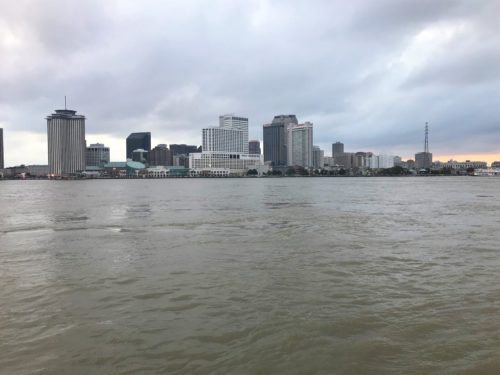
Our last sunset over New Orleans
TOTAL HIKING MILES: 4.5
Year To Date: 244
Daily Average: 2.90
